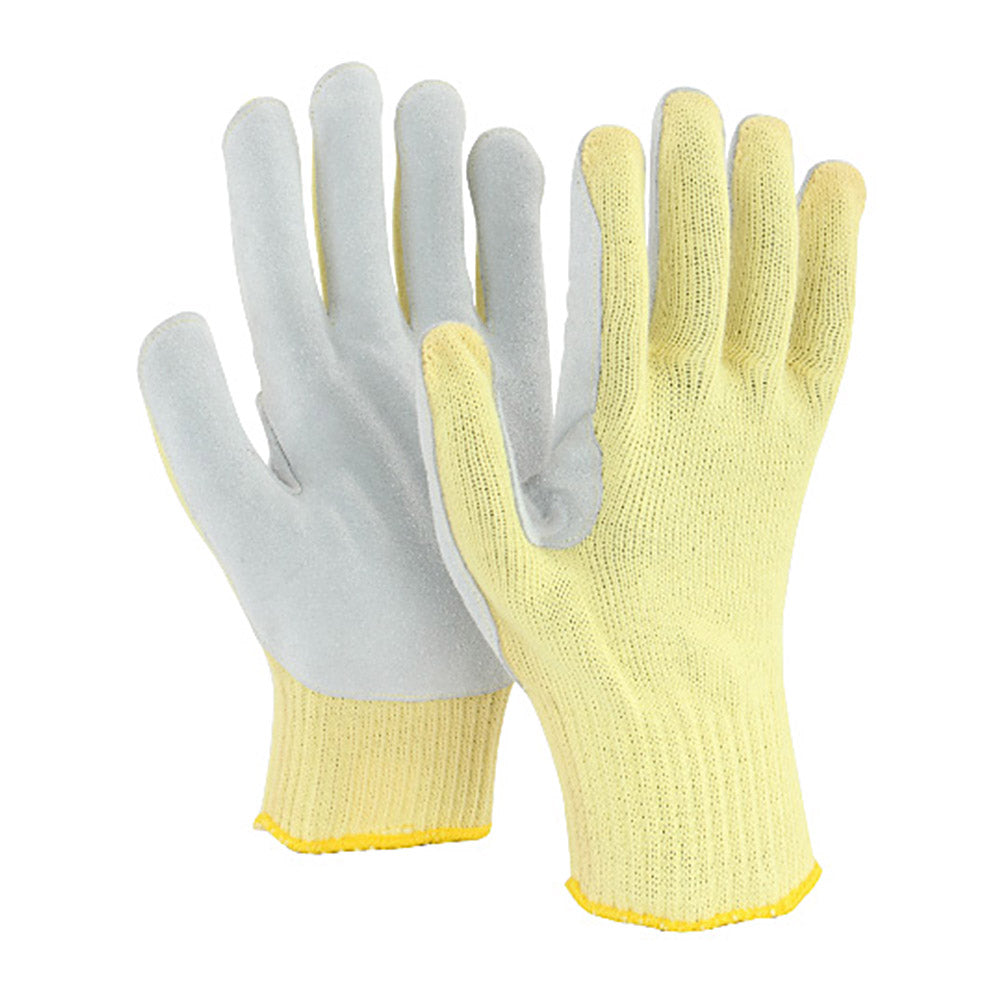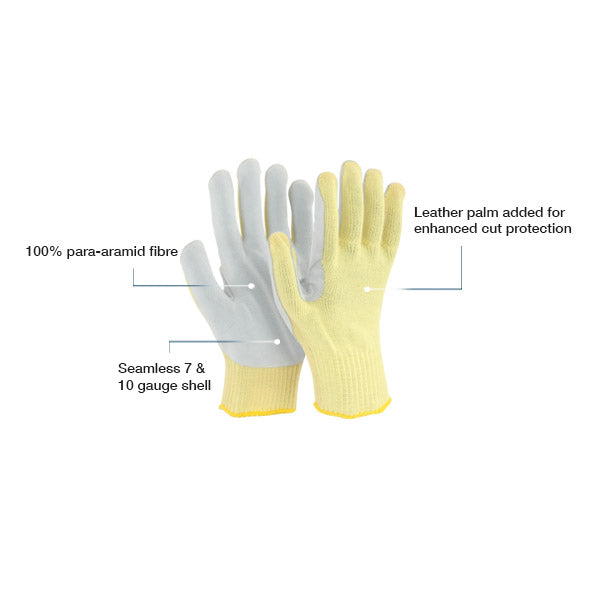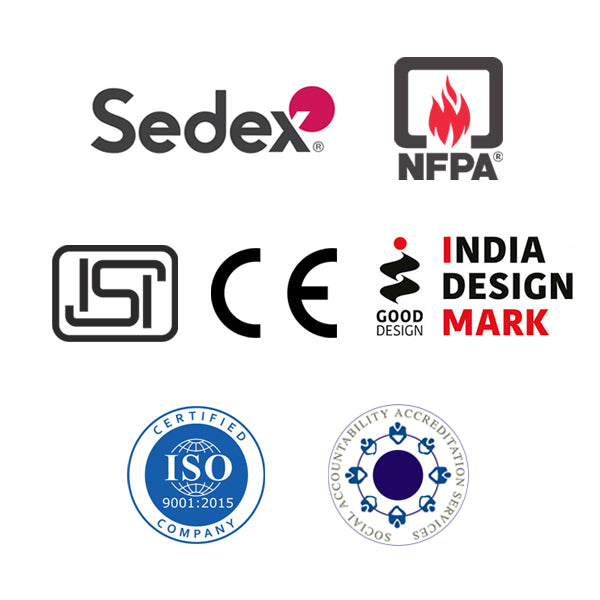KL010
Share
Knitted Gloves
- Cut resistant leather patch seamless gloves
- 10G 100% para aramid knitted shell
- Reinforced palm with split leather patch
Cut Resistant
Dexterity
Knitted Wrist
Heat
EN388:2016+A1:2018
Delivery & Services

Easy Return
with our 15 days return poicy
Regular price
Rs. 0
Sale price
Rs. 0
Regular price
Tax included.
Shipping calculated at checkout.

ABOUT THE DESIGN

USEFUL IN THESE INDUSTRIES
AUTOMOBILE
LOGISTICS
MAINTENANCE
MATERIAL HANDLING

Product Features
ABOUT THE DESIGN

USEFUL IN THESE INDUSTRIES
AUTOMOBILE
LOGISTICS
MAINTENANCE
MATERIAL HANDLING
Product Details
























